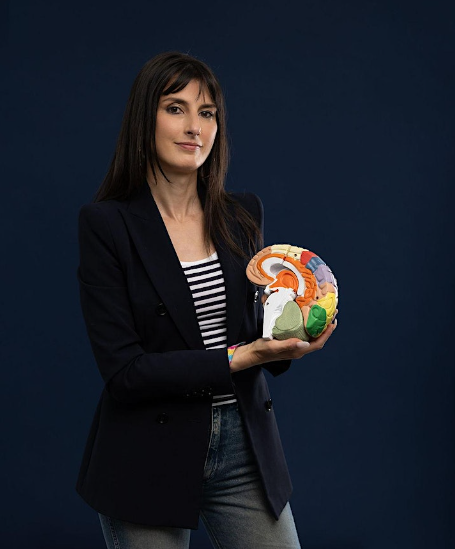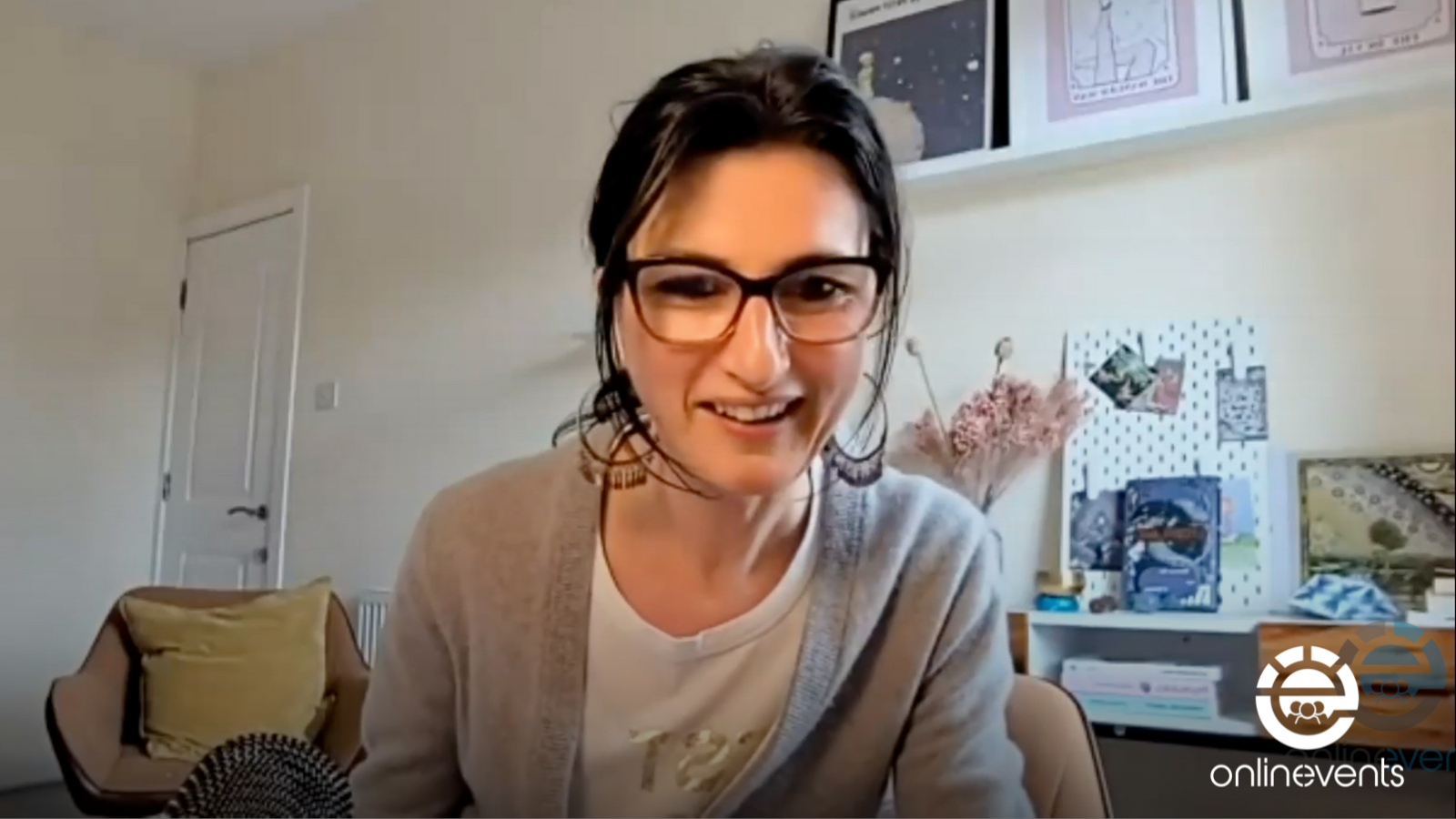This is the SECOND workshop in a series entitled “The Social Neuroscience Of Adult Attachment: The How-To Guide For Therapy”. This series combines the modern neuroscience perspective on human attachment with practical strategies for working effectively with adult attachment styles in therapy.
By interweaving the concepts of neuroanatomy, brain chemistry, and the evolution of species, we will paint a picture of how human attachment came into being as a biological mechanism according to the view of contemporary social neuroscience.
We will explore the relationship between the modern neuroscience of attachment and classic attachment theory. We might even explore some tentative links between different attachment styles and the four personality brain-system-based types proposed by Dr Helen Fisher.
Despite the complex nature of the topic, the workshop will be hands-on and use a detailed case study to illustrate these complicated concepts, providing you with a set of neuroscience-informed tools to better facilitate work with clients who wish to understand or adjust their attachment style. Throughout, we will clarify and simplify some confusing and redundant vocabulary around attachment themes and indulge in some myth-busting.
Course Content
Presenter

Ana is a psychotherapist working in private practice in the picturesque town of Ramsbottom, north of Manchester. Ana is passionate about combining neuroscience and psychotherapy. She spends much time pondering and discussing related topics with her colleagues.
Ana has a background in science and holds a PhD in Computational Biology from INRA/Paul Sabatier University, Toulouse, France. Before transitioning to psychotherapy, she was a scientist in a research lab at Manchester University.
In her free time, if she is not geeking out on the latest affective neuroscience book or podcast while running in the hills, Ana is probably spending time with her little boy or trying to reach the inner peace using mindful meditation.


